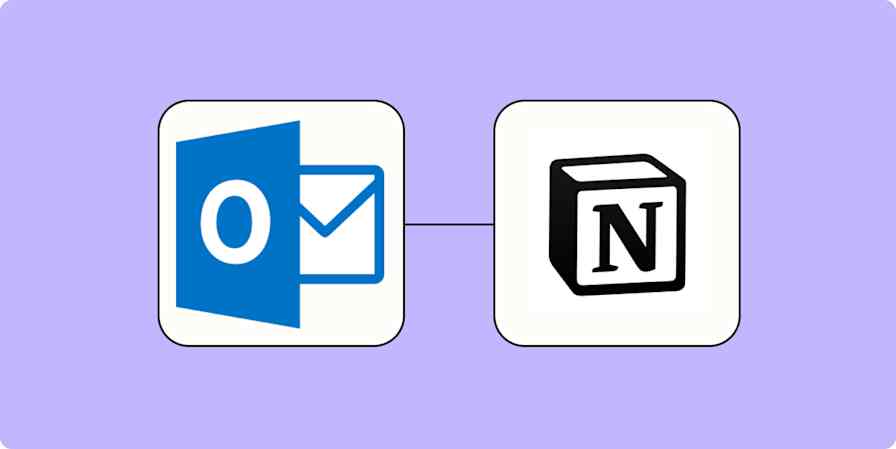Productivity tips
5 min readThe Dark Side of Your To-Do List
By Janet Choi · April 15, 2014

Get productivity tips delivered straight to your inbox
We’ll email you 1-3 times per week—and never share your information.
mentioned apps
Related articles
Improve your productivity automatically. Use Zapier to get your apps working together.








